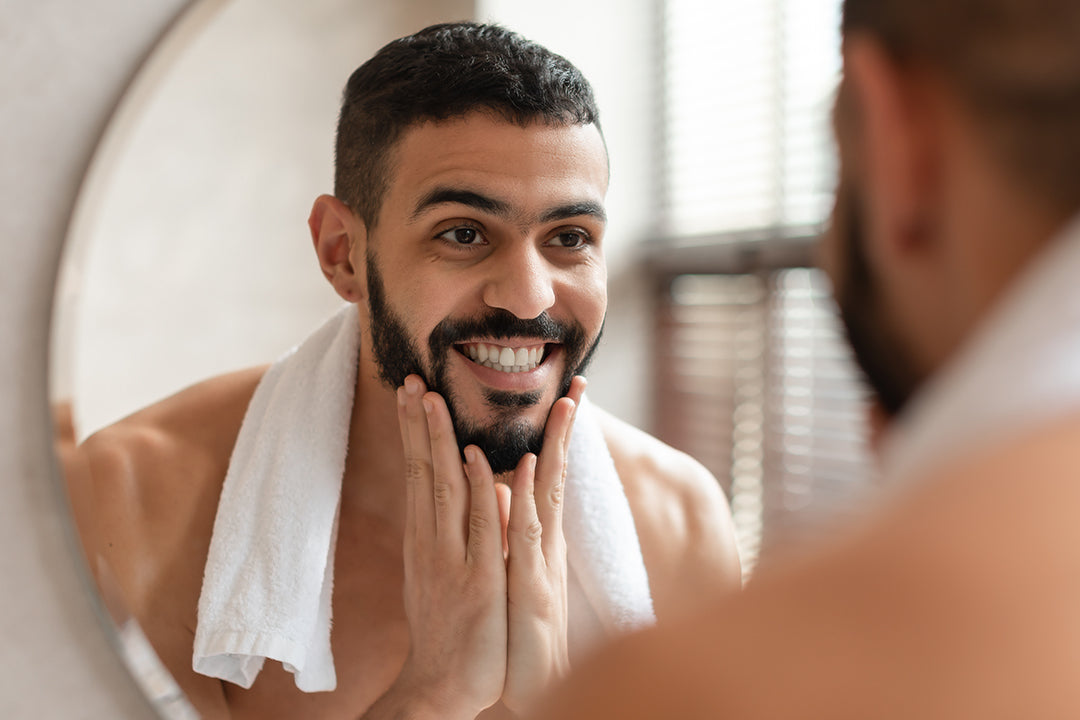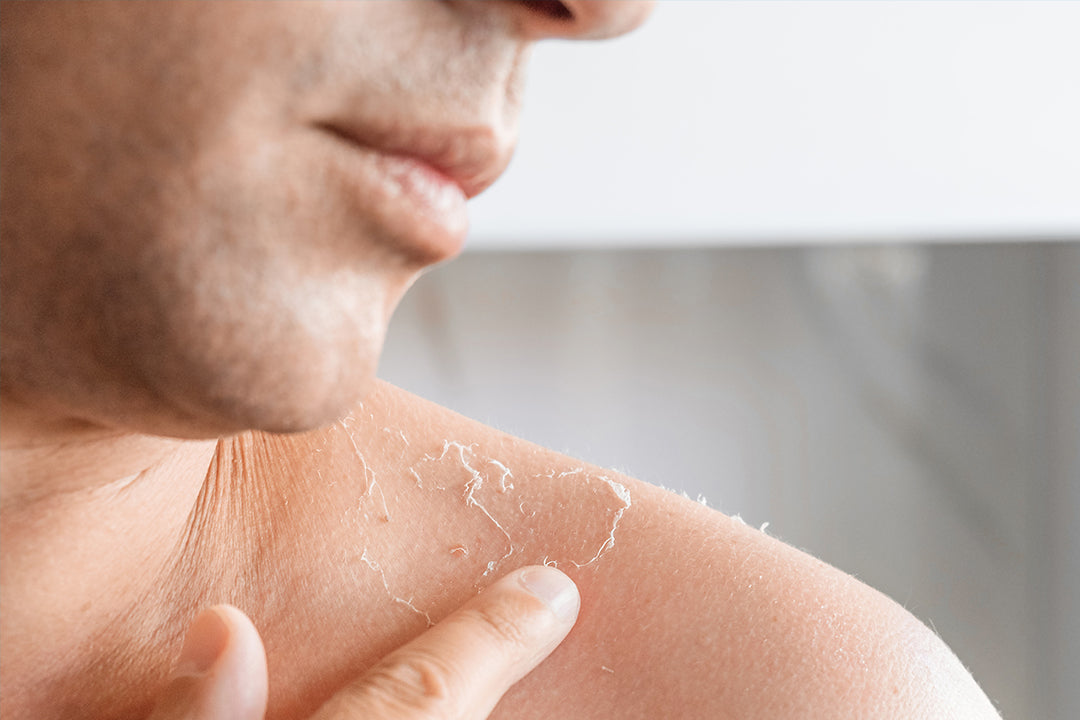Summer is a time for fun in the sun, but it can also bring along some pesky skin rashes. From heat rash to sun allergies, these skin conditions can be uncomfortable and irritating. But fear not, because we have all the information you need to prevent and soothe summer skin rashes.
What Causes Summer Skin Rashes?
Summer skin rashes can be caused by a variety of factors, including:
1. Sunlight: Excessive exposure to the sun's rays can lead to sunburn and sun rashes.
2. Insects: Bug bites and stings can cause allergic reactions and rashes.
3. Sweating and Overheating: Heat rash, also known as prickly heat, can occur when sweat ducts become blocked.
4. Allergies and Pre-existing Skin Conditions: If you have allergies or other skin conditions, they may flare up during the summer months.
Types of Summer Skin Rashes
There are several types of summer skin rashes that you should be aware of:
1. Heat Rash or Prickly Heat: This rash appears as small red bumps and is caused by blocked sweat ducts.
2. Sun Rash: Also known as polymorphic light eruption, this rash is triggered by sun exposure.
3. Skin Allergies: Allergic reactions to things like plants, chemicals, or medications can result in rashes.
4. Rashes from Bites and Stings: Mosquito bites, bee stings, and other insect bites can cause itchy and inflamed rashes.
5. Anaphylaxis: In severe cases, an allergic reaction can lead to anaphylaxis, a life-threatening condition.
Preventing Summer Skin Rashes
Prevention is key when it comes to summer skin rashes. Here are some tips to keep your skin rash-free:
1. Protect Your Skin from the Sun: Apply sunscreen with a high SPF, wear protective clothing, and seek shade during peak sun hours.
2. Avoid Allergens: If you know you're allergic to certain plants or substances, try to avoid them.
3. Stay Cool and Dry: Wear loose-fitting, breathable clothing and take frequent breaks in air-conditioned or shaded areas.
4. Keep Insects at Bay: Use insect repellent, wear long sleeves and pants, and avoid standing water.
5. Practice Good Hygiene: Shower after sweating, keep your skin clean, and avoid sharing towels or personal items.
Treating Summer Skin Rashes
If you do develop a summer skin rash, there are several treatments that can help alleviate the symptoms:
1. Apply Cold Compresses: Cool, damp compresses can soothe itchy and inflamed skin.
2. Use OTC Hydrocortisone Creams: Over-the-counter hydrocortisone creams can help reduce inflammation and itching.
3. Take Antihistamines: Oral antihistamines can provide relief from itching and allergic reactions.
4. Keep Your Skin Hydrated: Moisturize your skin with gentle, non-irritating lotions or creams.
Summer Skincare for Rashes
Once you have a rash, gentle skincare is crucial to promote healing and prevent further irritation. Here are some tips:
1. Gentle Cleansing: Wash the affected area with lukewarm water and a fragrance-free, gentle cleanser. Avoid harsh soaps or scrubbing, which can worsen the rash.
2. Targeted Relief: Depending on the rash, you might benefit from specific products:
- Heat Rash: Look for calamine lotion or a cooling aloe vera gel to soothe itching and inflammation.
- Sunburn: Apply fragrance-free aloe vera gel or a moisturizer formulated for sunburn relief.
- Swimmer's Itch: Calamine lotion or hydrocortisone cream can help reduce itching.
- Insect Bites: Apply a calamine lotion or a topical antihistamine cream to reduce swelling and itching.
3. Moisturize Regularly: Once the rash starts to heal, regular moisturizing is key to restoring the skin barrier and preventing recurrence. Choose a fragrance-free, lightweight moisturizer suitable for your skin type.
4. Sun Protection Still Matters: Even with a rash, sun exposure can worsen it. Wear protective clothing and a hat, and avoid direct sunlight during peak hours.
When to See a Doctor
While most summer skin rashes can be treated at home, there are certain situations where you should seek medical attention:
1. If the rash is severe, widespread, or accompanied by other symptoms.
2. If the rash does not improve or worsens after a few days of home treatment.
3. If you experience difficulty breathing, swelling, or signs of anaphylaxis.
Takeaways
With these tips in mind, you can enjoy a summer free of skin rashes. Remember to protect your skin from the sun, avoid allergens and insects, and practice good hygiene. And if you do develop a rash, don't hesitate to seek medical advice if needed. Stay rash-free and enjoy the sunny days!









